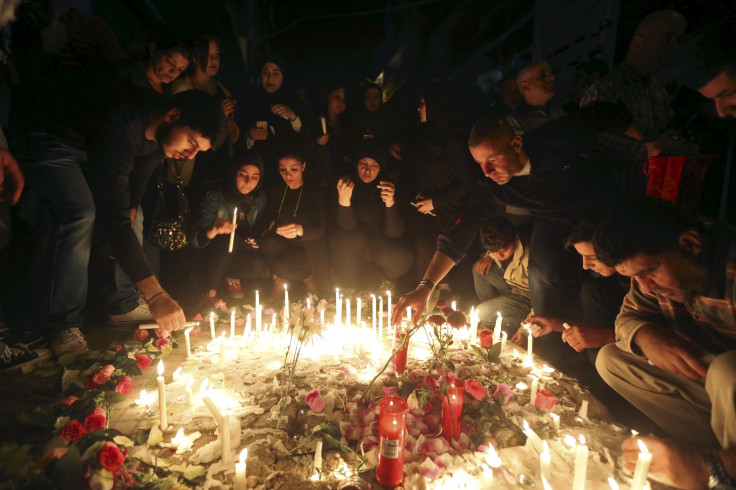
France is in mourning following a coordinated terrorist attack likely carried out by ISIS (also knowns as ISIL or Daesh) that has killed over 120 people in the capital, Paris. Parisians are not alone. ISIS also claimed responsibility for a twin car bombing in Beirut, Lebanon, which killed at least 44 people last week. The Paris attacks occurred less than a month after 224 civilians were blown up in an ISIS attack of a Russian-operated flight that took off from Egypt.
There are many, many more attacks. Below, we’ve listed 5 recent examples of ISIS attacks. We’ve excluded daily attacks in countries ISIS is fighting full-fledged wars in, and regions that they’ve marked as “territories” in their “caliphate.”
That includes North African countries like Algeria, Libya, and Egypt; Arabian Peninsula and West Asian countries like Syria, Iraq, Saudi Arabia, Yemen; South Asian countries like Afghanistan, Pakistan, and the West African nation of Nigeria.
1) Beirut, Lebanon
Often called the “Paris of the Orient” Westerners celebrate Beirut for its cosmopolitan culture. Americans paid attention to the city in 1983 following the bombing of a U.S. Marine barracks. Over 240 Americans died in the attack, which was blamed on Hezbollah, a militant group connected with Syria and Iran.
Many consider the recent ISIS attack in Lebanon to be an attack on Hezbollah, which is also fighting inside Syria as one of many competing factions battling Bashar Assad and rival groups simultaneously. Lebanese civilians, as is not unusually in the past few decades, are caught in the middle.
2) Cairo, Egypt
In addition to the attack on the Russian airliner, Egypt saw an escalation of ISIS attacks starting in June. Shootings and a car bombing in an upper-class Cairo neighborhood have been reported.
3) Amman, Jordan
Five people were killed, including two American mercenaries, in a so-called “lone wolf” attack on a police training facility in Amman. ISIS claimed responsibility for the attack.
4) Dhaka, Bangladesh
An Italian man was targeted and killed in Bangladesh in September. ISIS took responsibility for the attack, saying that it wants Westerners to feel unsafe in Muslim-majority countries, even secular democracies like Bangladesh, Indonesia, Mali, etc.
5) Ankara, Turkey
A weekend summit of the group of the 20 most powerful countries (G-20) focused heavily on the Paris attacks, as well as ISIS threats to the host country, Turkey. Turkish officials blame ISIS for two deadly bombings that occurred earlier this year.
The most deadly attack occurred in October, and killed around 95 people and injured 240. The explosion occurred at a pro-Kurdish peace rally. Officials strongly suspect that ISIS was involved. ISIS militants have battled Iraqi Kurds in Iraq in recent months, as they seek to expand their reach.
Many social media users have complained an uneven treatment of the Paris attacks by the press and by social media services themselves. Facebook allowed Parisians to easily “check in” on the social media platform, and allowed users around the world to show solidarity by masking their profile pictures with French flags.
Critics of the media don’t dismiss the Paris attacks, but they do question why residents of Beirut, Ankara, or other cities weren’t offered the same coverage or attention by social media services. In the wake of the attacks, some Beirut residents are asking “where is the love?”
There doesn’t seem to be any single reason why Paris received more attention that other terrorist attacks. Some point to the high death toll, but a terrorist attack in Kenya in April left even more people dead (147) and injured. Others have to everything from the number of Disney princesses that are French, the amount of Americans that have visited Paris.
Why do you think that the Paris attacks have gotten more coverage and responses of solidarity by social media? Do you think that the reaction is fair? Let us know your thoughts in the comments below.
© 2025 Latin Times. All rights reserved. Do not reproduce without permission.




